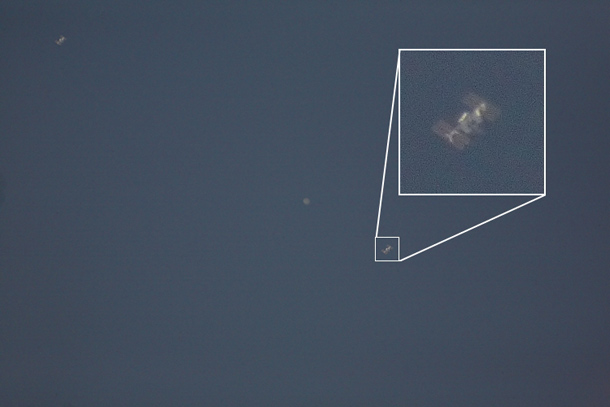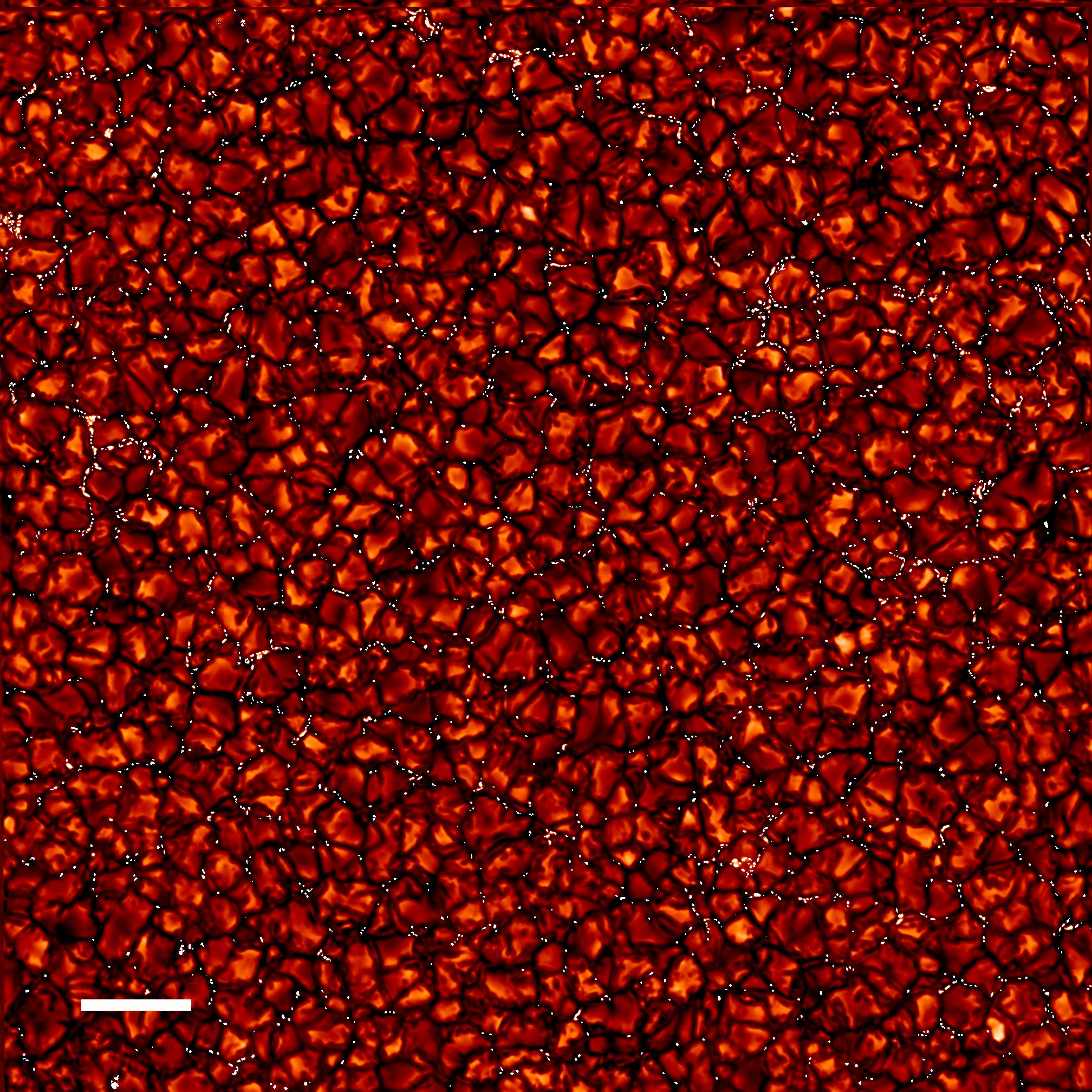
The subject at hand is this British scholar's contention that the remains of a 700-year-old bowl-shaped relic which he tracked down in a Zimbabwe museum storeroom in 2007 could be a replica of the Ark of the Covenant that carried the Ten Commandments.
According to African legend, white lions of God and a two-headed snake guarded the "drum that thunders" in a cave in southwestern Zimbabwe's sacred Dumbwe mountains. Parfitt's theory has sparked fierce reactions from some Zimbabwean scholars, who suspect a plot to superimpose foreign origins on what is purely a product of African culture.
Having long disappeared from public view since its discovery in the 1940s, the artifact is now on display at the Harare Museum of Human Sciences. It is about 45 inches by 24 inches in diameter and 27 inches tall with a pattern of shallow engraving on the outside that could have held gold threads. Scorch marks on the base inside were possibly left by primitive gun powder.
Parfitt, a professor of Modern Jewish Studies at the University of London's prestigious School of Oriental and African Studies, says he first heard of the vessel during his two-decade search for Jewish tribes lost in Africa.
At the center of that research is a southern African ethnic group variously called Lemba, Remba or waLemba. Parfitt says 52 percent of them carry a Y chromosome known as the Cohen Modal Haplotype (CMH) - unique to ancient priestly Jewish communities and raising the possibility they are descended from Aaron, Moses' brother. Other groups in Zimbabwe have no CMH.









